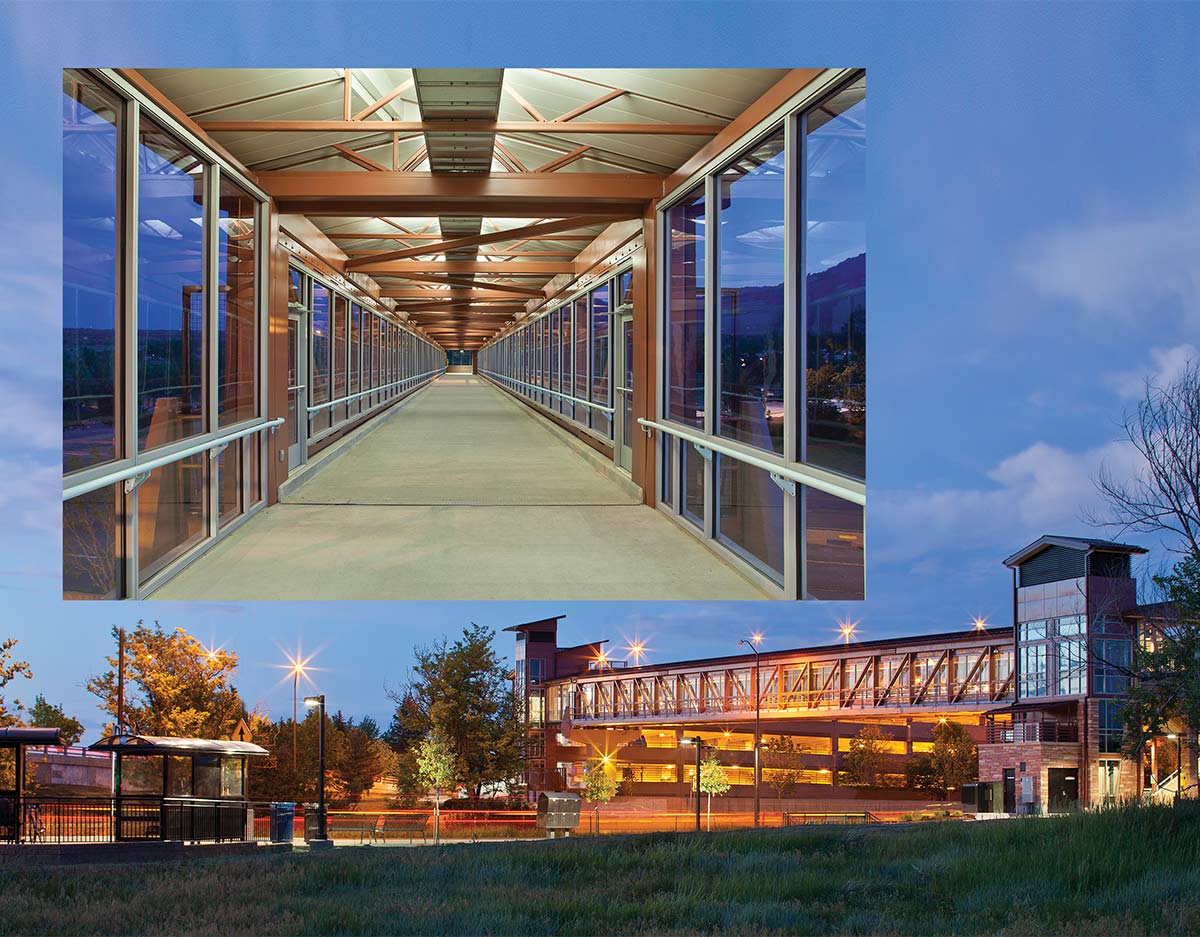Performance plastics are becoming the material of choice for applications in the building and construction market. From canopies to sound barriers, skylights to interior partitions, greenhouses to polyvinyl chloride (PVC) wall cladding, architects and builders are taking advantage of the many benefits of performance plastics in everyday commercial and industrial projects.
For example, polycarbonate (PC) panels are commonly used for glazing. With the increasing emphasis on green building and energy efficiency, incorporating daylighting with glazing and skylight solutions continues to gain traction in building design. Performance plastics such as PC are a highly viable and sustainable choice for integrating daylighting strategies.
Whether for safety or security glazing, flat, sloped or curved glazing, polycarbonate offers proven benefits over traditional glass. These benefits begin with the manufacturing process, which can be quite long for glass due to multiple manufacturing and processing stages. Unlike glass, polycarbonate can also be cut, drilled and cold formed on site, offering greater flexibility. At half the weight of glass, polycarbonate is safer and easier to handle and install, less expensive to transport and may reduce structural requirements, ultimately leading to a reduction in building design costs. Let’s look at an example.

The Regional Transportation District in Denver, CO, USA, set out to improve commute times between Boulder and Denver. Part of their plan was the construction of a pedestrian bridge across US36, allowing easy access to the Table Mesa Park-n-Ride. Because the bridge was built for pedestrians, the designers wanted to take into account as many objective and subjective aspects of the human experience as possible, including visual and tactile impressions.
The primary consideration was safety. They required a glazing material tough enough to stand up to the harsh Colorado weather, as well as resist human impact such as leaning or colliding into the clear walls and rails. A second design consideration was to facilitate ample natural light into the structure during the day and artificial light at night, providing a sense of comfort to people using the bridge, while maintaining energy efficiency and saving on lighting expenses as much as possible. Lastly, the designers had to consider possible abuse such as vandalism and graffiti that can occur in public spaces.
While the designers initially considered glass for the application, polycarbonate was ultimately chosen. The performance plastics manufacturer involved in the project suggested hard-coated, abrasion-resistant (AR) polycarbonate panels due to the material’s many advantages:
- Panels were provided in clear and bronze to achieve the required transparency, light transmission and natural lighting.
- The glass-like appearance achieved the desired look and feel of the design, while also providing a virtually unbreakable solution that could withstand not only the harsh Colorado weather, but also the day-to-day heavy human traffic.
- The advanced surface coating of the AR polycarbonate offered superior abrasion resistance, in addition to resisting physical abuse and vandalism including brute force.
- The AR coating also allowed for easy cleaning of the panels in case of graffiti.
- The UV inhibitors used in the panels extend their lifespan and protect against UV rays, aging and yellowing.
- Due to the lengthy manufacturing process of glass and higher shipping and installation costs, the polycarbonate panels were a more cost-effective solution.
- Other considerations were the acoustic properties and thermal insulation of the polycarbonate panels.
Polycarbonate is just one of the many performance plastics that are growing in popularity as the preferred choice in the construction and building market.